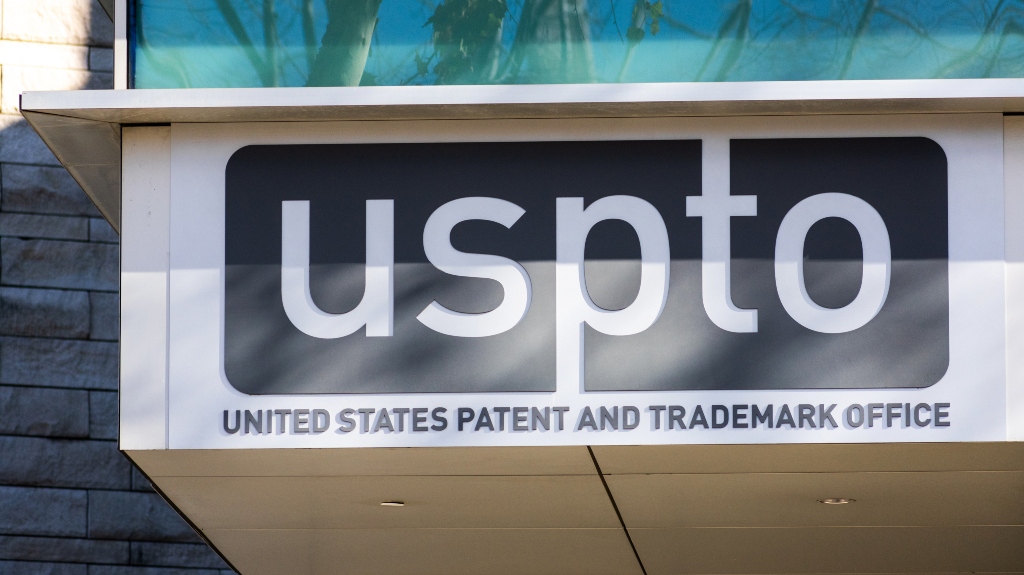
The United States Patent and Trademark Office serves a critical function in the global economy by providing incentives for innovation and supporting new technologies. It is also an absolute unit, with an estimated budget of $4.3B for the coming year and a staff of more than 13,452 employees.[FN1]
With that budget and workforce, the USPTO handles a lot of patent applications. A lot.
As a government agency, the USPTO is required to be transparent in its operations, publishing dashboards with expected wait times and inventory, financial and performance data, and compiling the annual Workload Tables, a king’s ransom in fine-grain detail on trends in USPTO activity.
IN FY 2023, the USPTO received 594,143 new utility applications—not including provisional applications—and issued a total of 346,152 new utility patents.[FN2]
[FN1] The USPTO’s fiscal year runs from October 1 to September 30.
[FN2] Since the average application time from application to grant is slightly over two years, it’s safe to assume that most of these newly issued patents were filed in FY2022 or earlier.
Read on for more highlights.
Small Businesses Play a Part
About 24% of all utility patent applications filed in the US in FY2023 were filed by small entities (companies with 500 or fewer employees) and those claiming Micro Entity status (usually applicants meeting income limits). That percentage has been inching up year over year as the USPTO increases outreach to small and independent inventors.
About That Backlog
Your two-year wait for a patent is a function of volume and the USPTO’s ability to meet demand.
At the close of FY2023, 1,148,601 patent applications (including designs) were pending with USPTO and labeled as “pending prior to allowance.” That end-of-year inventory has remained relatively constant since it crossed the 1M line in 2006.
With hundreds of new patent examiners starting yearly, why the steady backlog? Patent protection remains a popular option for companies and entrepreneurs and the USPTO is struggling to meet demand.
Luckily, the USPTO provides many options for speeding things up.
Provisional Applications Still Popular
A total of 149,310 provisional applications were filed in FY2023, up from last year, but down from the mid-pandemic high of 174,464 when everyone was stuck at home with time to think and create.
It’s A Global Business
U.S. companies received the most number of issued U.S. patents last year with 162,557. Along with the United States, these other countries rounded out the top five countries for granted patents.
- Japan (40,960)
- China (28,979)
- South Korea (24,073)
- Germany (13,905)
Don’t Forget About Designs!
FY2023 saw 53,665 new design applications filed an increase of 20% from the prior year, as applicants are recognizing the value of a design patent.
A total of 34,673 new design patents were issued that year (though probably on different applications since the average time to issue is 22.1 months).
The USPTO Pays for Itself
That’s right. The USPTO is almost entirely self-funded with users paying the cost of USPTO operations.
In FY2024, the USPTO expects to spend $4.286B to operate the USPTO’s patent and trademark operations. User fees and “other income” are expected to total $4.196B, leaving less than $90M or about 2% as the taxpayer’s share.
We Can Assist With Your IP Needs
The patent process can be challenging. For that reason, you will want to have an explained intellectual property lawyer to help. For more information, visit us at www.boagip.com or schedule a no cost Welcome Call here.